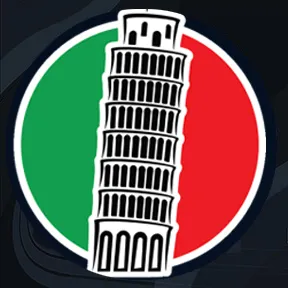What Did Earth Look Like In The Time of SuperContinent Pangea?
It is called Plate Tectonics. And it is the theory that explains why all the land masses, namely all the continents we know today - Africa, Europe, Asia, the Americas, Australia, and Antarctica - were once joined together to form a single large island surrounded by a single vast ocean.
We called that supercontinent Pangea (which means "all lands"), and the super ocean was named Panthalassa (which obviously means "all seas"). This magnificent assembly lasted from the Carboniferous period to the Jurassic period, approximately 335 to 200 million years ago. It's like saying that for over a hundred million years, you could have comfortably traveled by train from New York to Casablanca...
And we're not joking... Geological evidence has definitively established that during that time, the United States faced east towards Morocco, Mauritania, Senegal, and Cuba, and to the south with Venezuela. Italy was connected to Tunisia, and Greece was connected to Libya. Great Britain was not an island but bordered France, Norway, and Ireland.
Canada stood face-to-face with Denmark, Portugal, and Morocco, while Spain and Algeria were one entity. Even the famous Brazilian beaches didn't exist! At that time, if the land of Bossa nova had its current borders, it would have had no access to the sea, bordering Namibia and Liberia.
And let's not forget Tibet, which was not connected to China but to Australia, which in turn had bypassed Antarctica, slipping even further south of the icy continent!
In short, during that period, you could have walked everywhere... But then, 220 million years ago, the puzzle pieces that formed Pangea began to drift apart, a process that continues to this day and will not reverse for millions of years to come.
But don't trust everything you read... The position and shape of continents in previous epochs are much more complex than they might appear when reading here and there...
As much as textbooks provide seemingly secure representations of what the Earth was like during the time of Pangea, it should all be taken with a grain of salt. However, one thing is certain: earthquakes, the formation of mountain ranges, volcanic activity, the carbon cycle, the advent of ice ages, and even the origin of life itself have been directly influenced by plate tectonics.
Follow us, and we will tell you why!
















































